Indo–U.S. Relations in Turbulent Times: A Historical and Contemporary Appraisal
During the Trump administration, the imposition of high tariffs and sanctions—approaching 100 percent—disrupted trade flows and created uncertainty for Indian exporters and American investors alike.
 US and India flags. / X/@ashajadeja325
US and India flags. / X/@ashajadeja325
Indo–U.S. relations have long oscillated between cooperation and confrontation, shaped by changing political priorities, economic interests, and strategic calculations on both sides. Over the decades, this partnership has witnessed moments of extraordinary warmth and mutual trust, as well as phases of tension and misunderstanding. In recent years, bilateral relations have again faced turbulence, driven by policy frictions, visa restrictions, and trade disputes that have tested the durability of the engagement between the world’s two largest democracies.
During the Trump administration, the imposition of high tariffs and sanctions—approaching 100 percent—disrupted trade flows and created uncertainty for Indian exporters and American investors alike. The tightening of H-1B visa norms further unsettled the professional class in India, especially those seeking employment opportunities in the United States. Meanwhile, certain lobbying and interest groups in the U.S. are accused of fostering negative stereotypes about Indians, affecting the social harmony that had long underpinned Indo-American interactions.
This uneasy phase is not unprecedented in the history of India–U.S. relations. A similar chill emerged in 1998, when India conducted nuclear tests at Pokhran under Prime Minister Atal Bihari Vajpayee. Washington, along with several Western capitals, reacted with sanctions. Yet such punitive measures proved largely ineffective against a country of India’s size, potential, and strategic importance.
To better appreciate this complex relationship, it is necessary to revisit its early years. When India gained independence in 1947, the new nation faced a massive industrial void. The colonial legacy had left India economically dependent and structurally weak, with minimal industrial capacity. In the early 1950s, Jawaharlal Nehru, the Prime Minister of India, approached the United States for assistance in establishing large public sector steel plants—vital for infrastructure and industrial growth. Washington, however, refused to support state-owned ventures, preferring to encourage private investment, such as that of the Tata Group. As a result, India turned to the Soviet Union, which readily agreed to help establish steel plants in Bhilai, Durgapur, and Rourkela. This decision marked the beginning of a long-term industrial partnership with Moscow that would define India’s economic trajectory for decades.
By the late 1950s and early 1960s, India was confronted with a severe food crisis. The country faced recurring droughts, stagnant agricultural productivity, and the looming threat of famine. It was during this period that the United States extended crucial support under Public Law 480, popularly known as the “Food for Peace” programme, which enabled India to import wheat and other grains on concessional terms. Initially welcomed as a gesture of goodwill, the programme later became politically contentious. The U.S. often attached restrictive conditions to the aid, using food supplies as a means of diplomatic leverage.
Historical records show that towards the mid-1960s, Washington placed India’s wheat imports on a “month-to-month renewal” basis, effectively linking shipments to policy compliance. These measures were perceived in New Delhi as an infringement of national sovereignty. Moreover, reports from Indian agencies noted that portions of the imported wheat were of substandard quality, with complaints about infestation and spoilage during transit. While the PL-480 programme undoubtedly helped India avert large-scale hunger, it also exposed the vulnerabilities of dependence on external food aid.
The emergence of Lal Bahadur Shastri as prime minister in 1964 brought a moral and strategic shift in India’s approach. Deeply concerned about national dignity and self-reliance, Shastri urged citizens to voluntarily restrict consumption—famously appealing for one-meal-a-day discipline—and simultaneously called for greater agricultural productivity. His iconic slogan, “Jai Jawan, Jai Kisan” (“Hail the Soldier, Hail the Farmer”), encapsulated the spirit of sacrifice and self-sufficiency that laid the groundwork for India’s Green Revolution.
The Green Revolution soon transformed India’s agricultural landscape. Under the leadership of Dr. M. S. Swaminathan and with scientific collaboration from Dr. Norman Ernest Borlaug, the American agronomist hailed as the “Father of the Green Revolution,” India adopted high-yielding and disease-resistant wheat varieties, along with modern irrigation and fertilizer practices. Within a decade, India moved from food deficit to self-sufficiency and later became a net exporter of grain. This achievement remains one of the most successful instances of Indo–U.S. scientific partnership.
At the strategic level, however, Washington continued to balance India’s regional influence by bolstering Pakistan’s military capabilities. Recognizing these constraints, India has, in recent years, focused on strengthening indigenous defence manufacturing to reduce dependency on foreign suppliers. Initiatives such as “Make in India” reflect this drive toward greater strategic autonomy.
Despite occasional strains, the United States remains one of India’s most significant trading partners and a vital source of technology and investment. In the financial year 2024–25, India’s exports to the U.S. amounted to approximately US$86.5 billion, while imports stood at about US$45.7 billion. The resulting trade surplus of nearly US$40.8 billion in India’s favour reflects the growing robustness of economic cooperation between the two economies.
The evolution of Indo–U.S. ties, however, extends beyond official diplomacy. The network of people-to-people relations has emerged as one of the most enduring strengths of this partnership. Before 1965, Indian migration to the U.S. was limited due to racially restrictive immigration laws. The watershed moment came with the Hart–Celler Immigration and Nationality Act of 1965, which abolished national origin quotas and opened pathways for skilled professionals from India. The subsequent introduction of the H-1B visa programme in 1990 further facilitated the movement of Indian engineers, doctors, and academics. Today, over 5.2 million people of Indian origin reside in the United States, forming one of its most dynamic and influential immigrant communities. Their contributions in technology, business, academia, and healthcare have strengthened the social and economic linkages between the two nations.
It, thus, appears that temporary tensions have never permanently disrupted the relationship between India and the USA as it is anchored not merely in statecraft but in shared democratic values, economic interdependence, and societal connections. The vibrant Indian-American community serves as a bridge of understanding, ensuring that the relationship remains resilient despite political disagreements.
Dr Hari Bansh Jha is the author or editor of thirty-three books on economics, governance, and regional affairs in South Asia.
(The views and opinions expressed in this article are those of the author and do not necessarily reflect the official policy or position of New India Abroad)
ADVERTISEMENT
ADVERTISEMENT
E Paper
Video


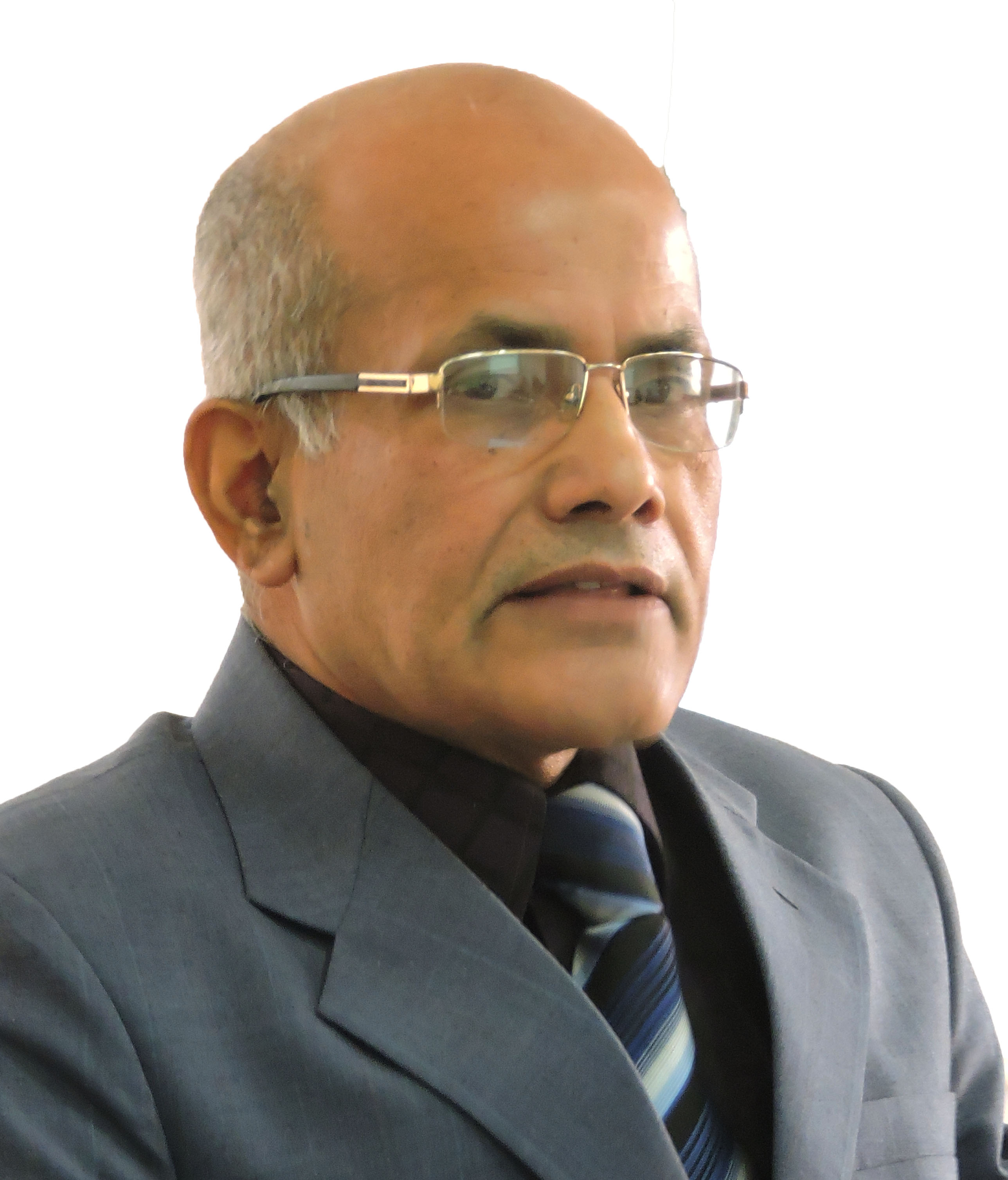 Dr. Hari Bansh Jha
Dr. Hari Bansh Jha
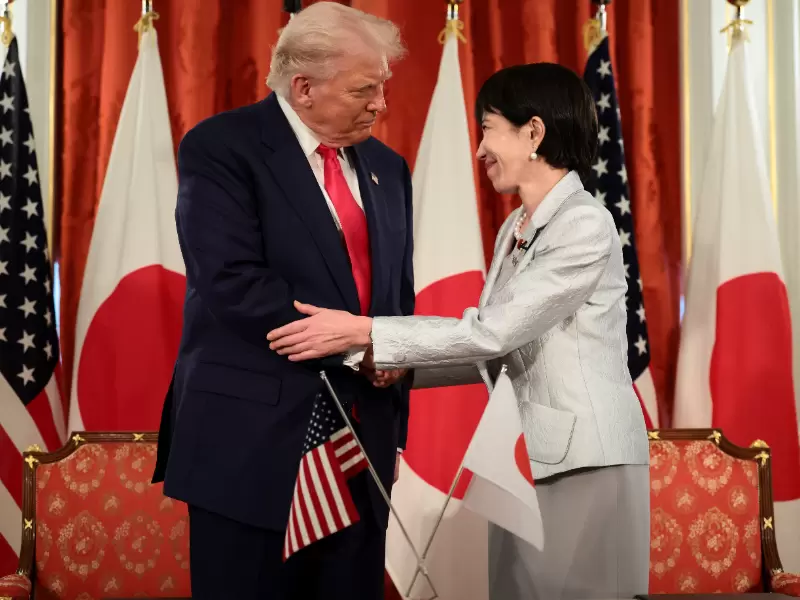
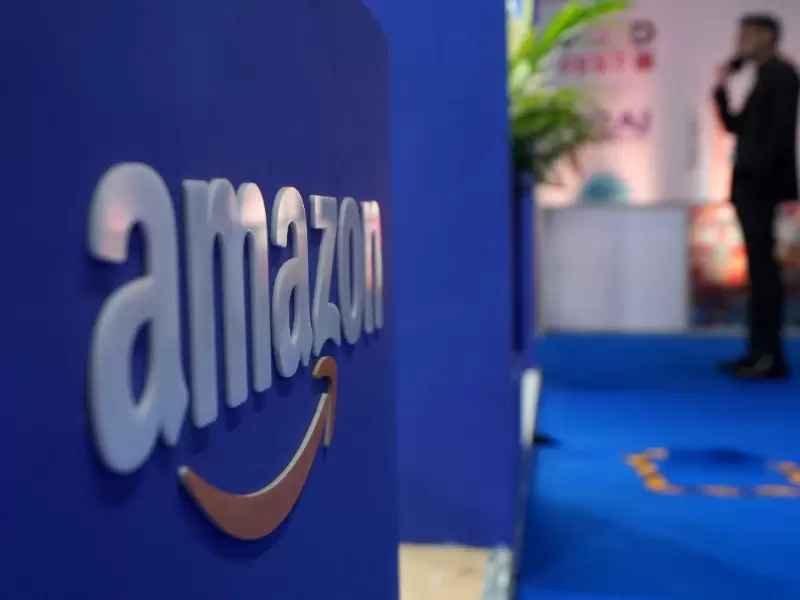
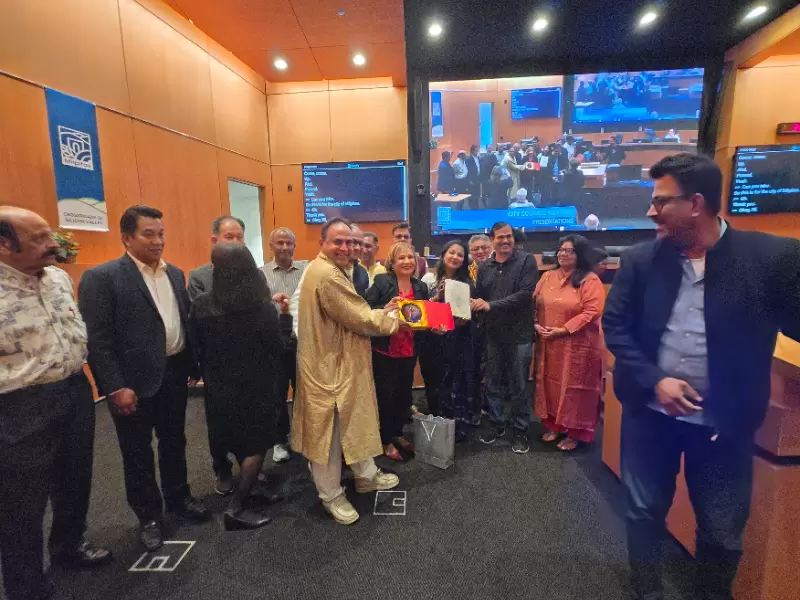
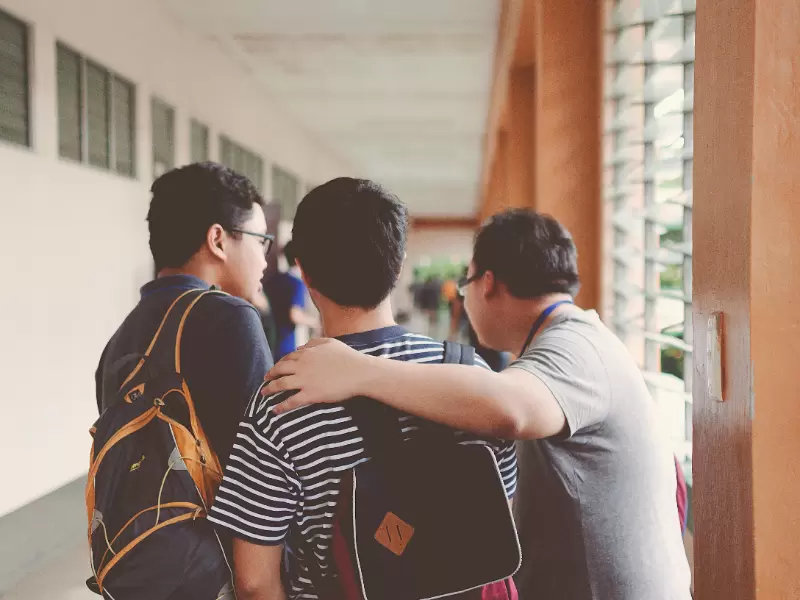

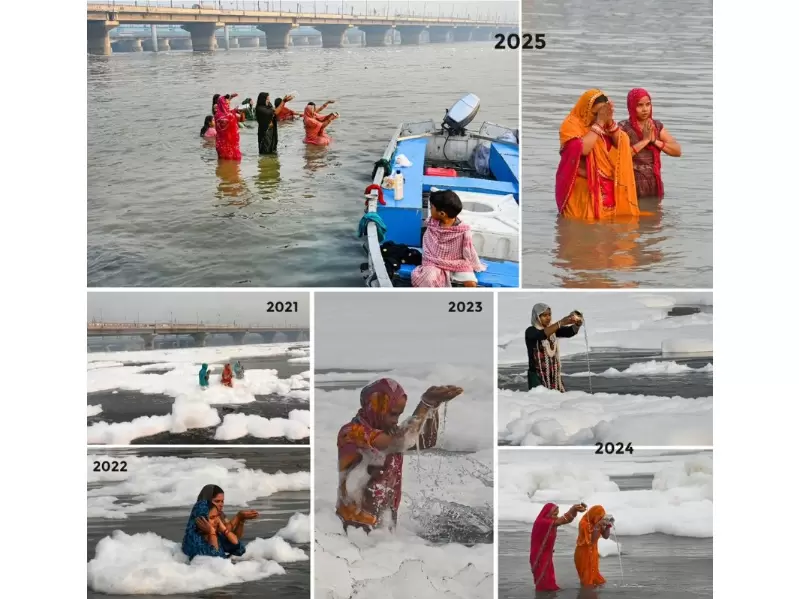
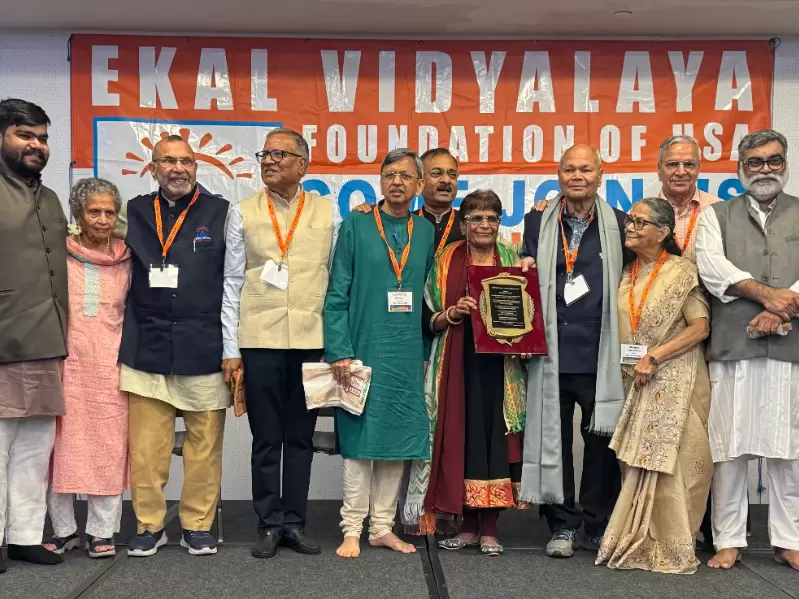
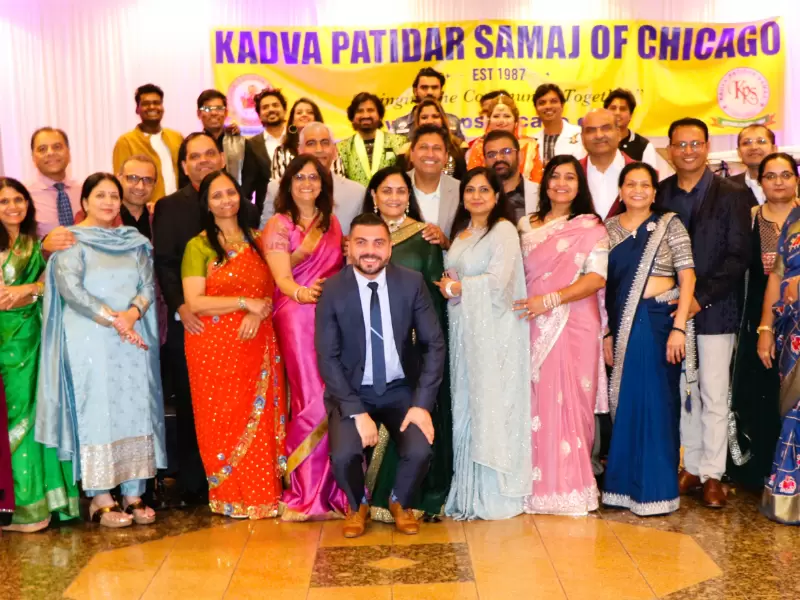


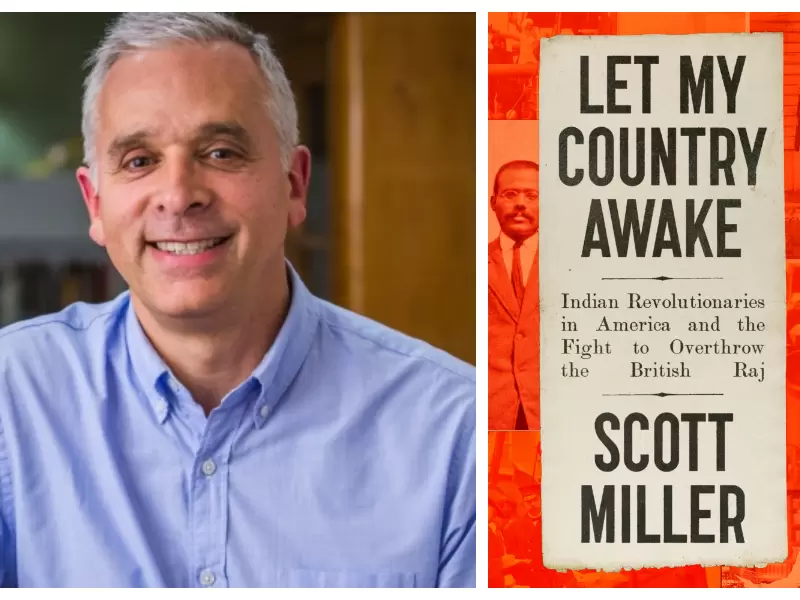



Comments
Start the conversation
Become a member of New India Abroad to start commenting.
Sign Up Now
Already have an account? Login